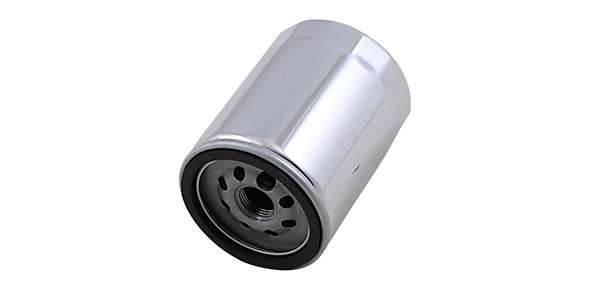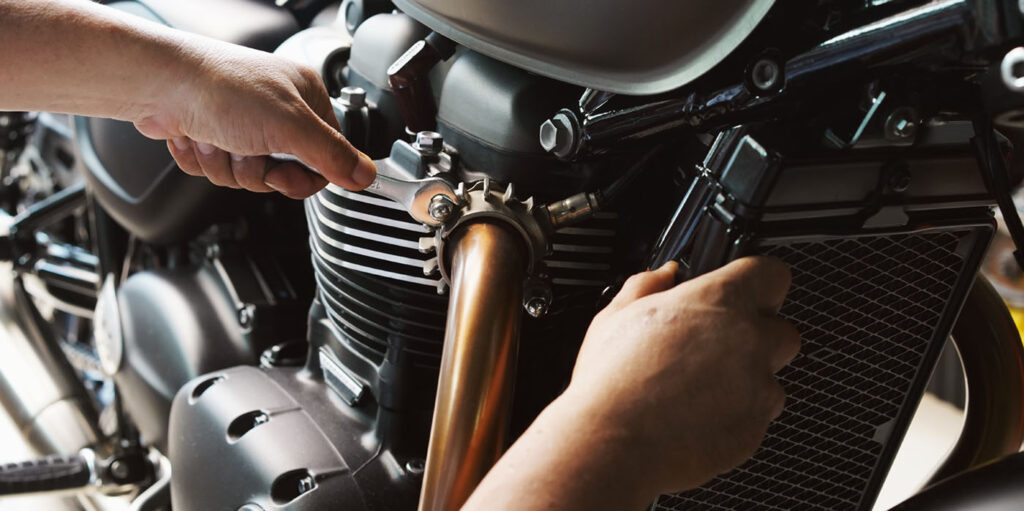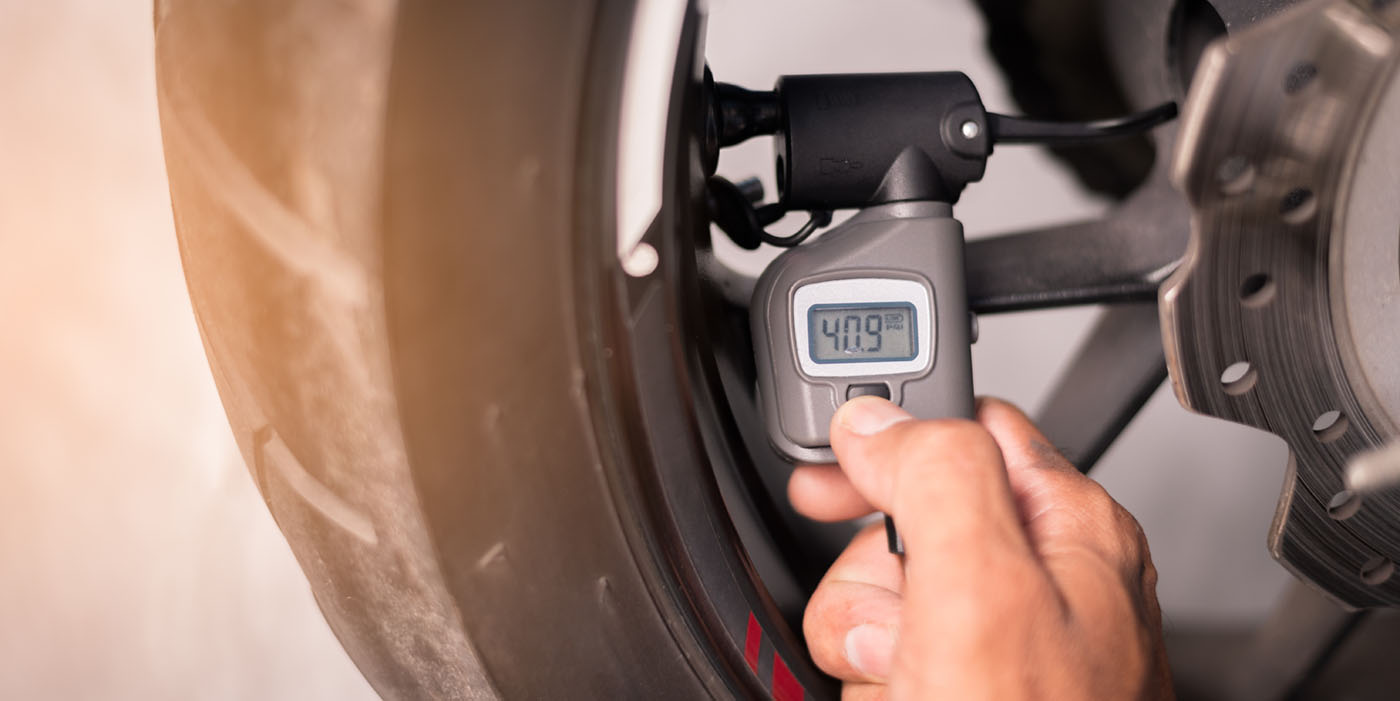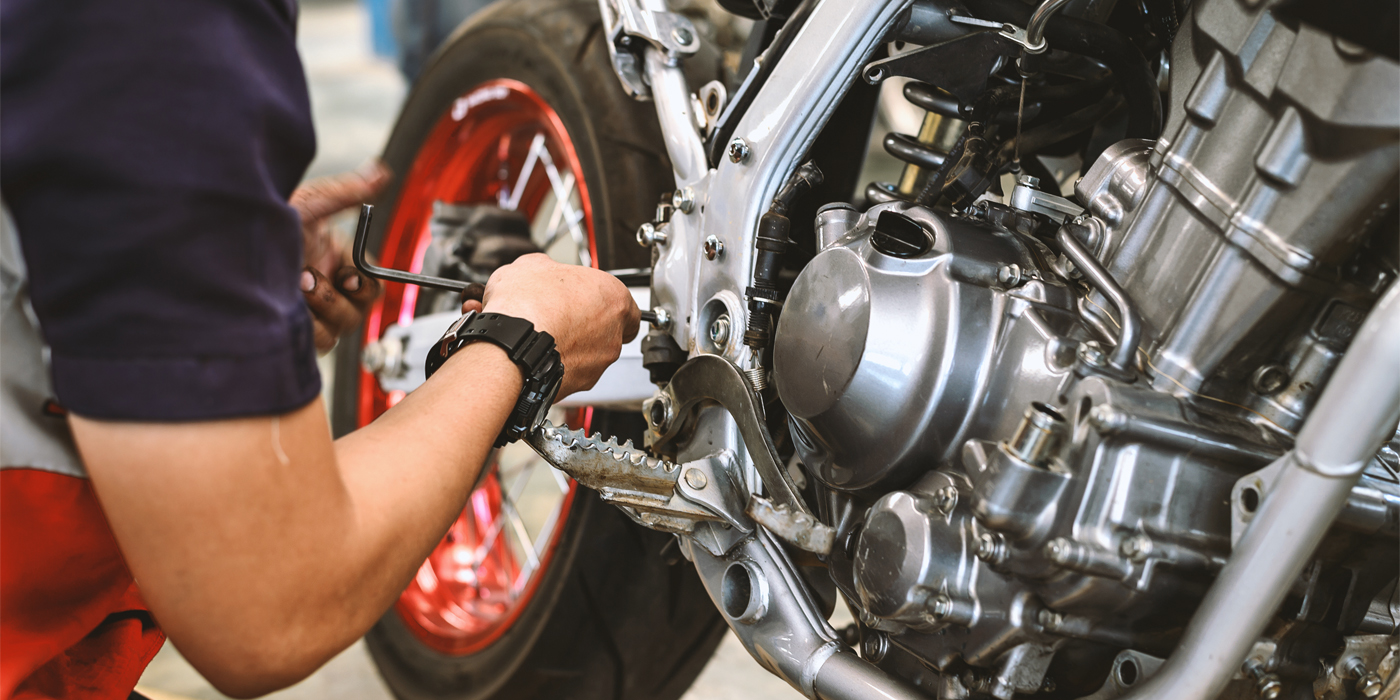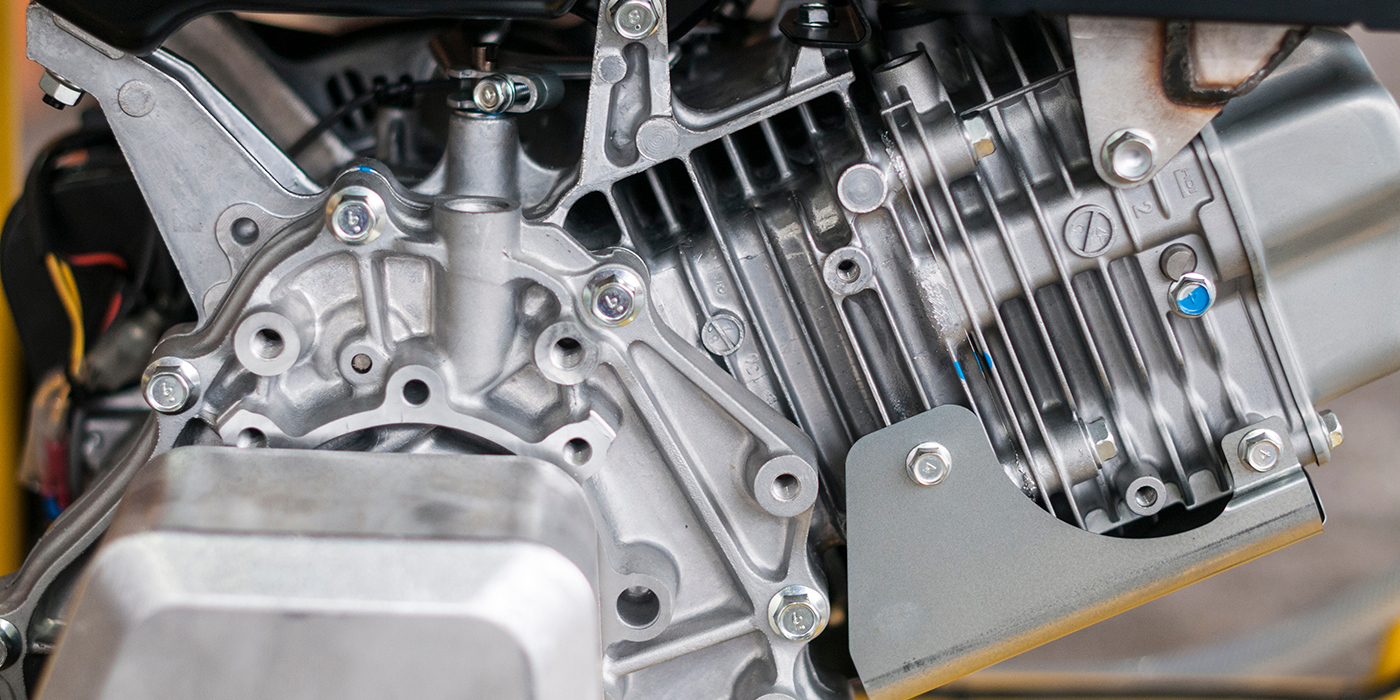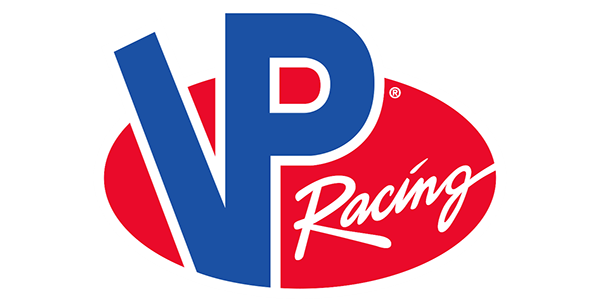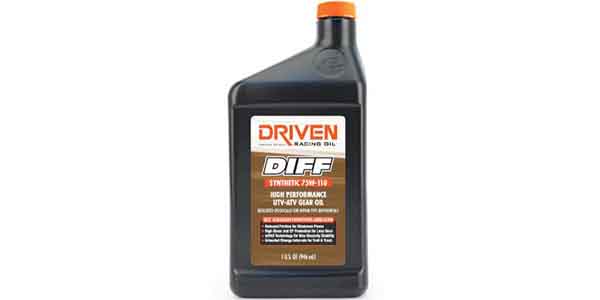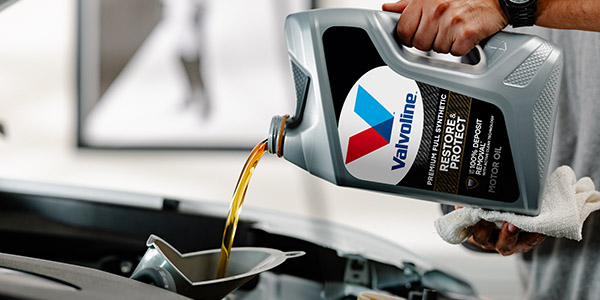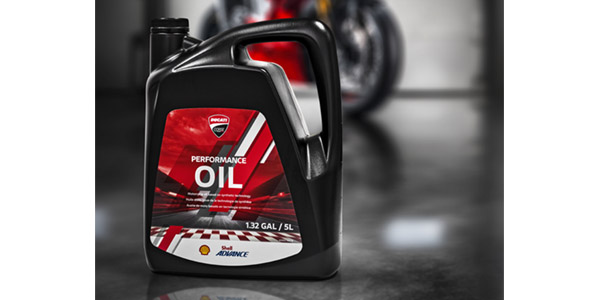Changing the engine oil and oil filter in your dirt bike is one of the most important aspects of maintaining it, and it can be the difference between extending the life of your engine or significantly shortening it.
Determining how often you should change the oil on your dirt bike can typically be found in the owner’s manual. The maintenance manual will also include this valuable information.
Depending on the dirt bike you’re riding, the interval between oil changes usually ranges from 4 to 6 hours. This interval can vary depending on your bike, the conditions you’re riding in and the age of your bike.
Also, if you’re a serious motocross racer who’s lining up behind the gates most weekends of the season, then a motor oil change after every outing is strongly recommended.
If you’re not taking your riding and racing quite as seriously, or you just get out on the bike for fun, the best practice is to change your motorcycle oil and add a new filter per the manufacturer’s recommendations. This is a regular enough interval to ensure your engine is being well looked after, while it still makes maintaining your bike relatively affordable.
Some will think it is fine to just change the oil and not replace the filter due to the frequency of oil change recommendations, opting to replace it every other oil change or even longer. But it is important to remember that an oil filter traps dirt particles in the oil. Over time, the dirt accumulates in the oil filter and reduces efficiency and can no longer trap dirt, thereby contaminating the oil. Failing to change the oil filter when changing the engine oil automatically contaminates the fresh oil with accumulated sludge and dirt as is passes through the filter. Keep in mind, we’re talking about 4-stroke dirt bikes and not the 2-stroke engine variety.
While it may save a few minutes to just replace the oil, changing your dirt bike’s engine oil and oil filter together regularly is an essential part of maintaining the engine and enhancing your bike’s performance.

